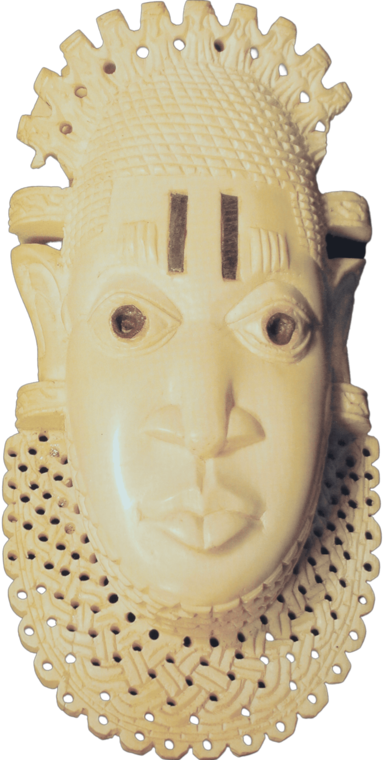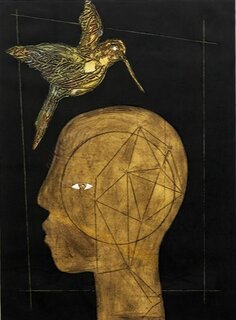
Emblem of the Second World Black Festival of Arts and Cultures (FESTAC) 1977 Iyoba Idia’s visage is the most widely known face of an African royal woman after the Egyptian Queen, Ahmose-Nefertari. Her face has gazed on us from countless museum pedestals the world over. Idia’s face was immortalized in the sixteenth century ivory mask presently in the British Museum. It became famous when the Nigerian government chose it as the emblem for the Second World Black Festival of Arts and Cultures (FESTAC) Nigeria hosted in 1977. The visibility of the mask increased when the British Museum refused to release it on loan to Nigeria after tow million pounds, which the put up. Oba Akenzua the second broke the impasse by commissioning the Igbesanvan (ivory carvers gild) to produce two replica of the Idia mask that has been looted by the British soldiers of the 1897. The fine workmanship of the replicas established that modern Benin ivory carvers are consummate artists, as their forebearers.









